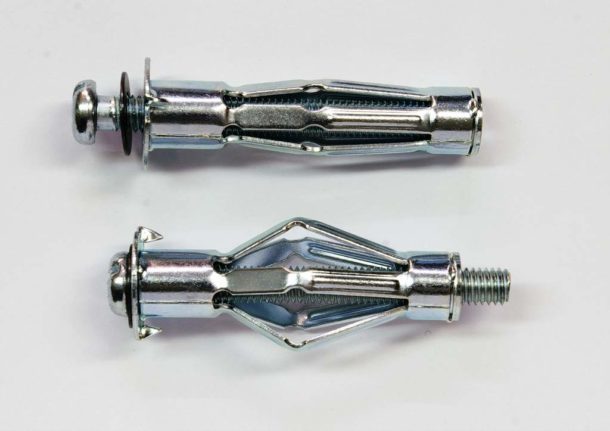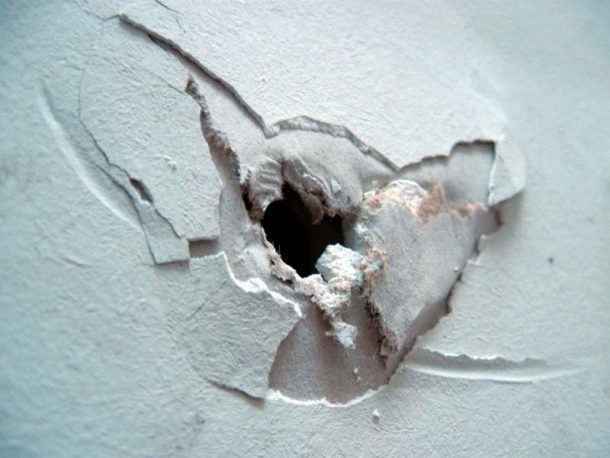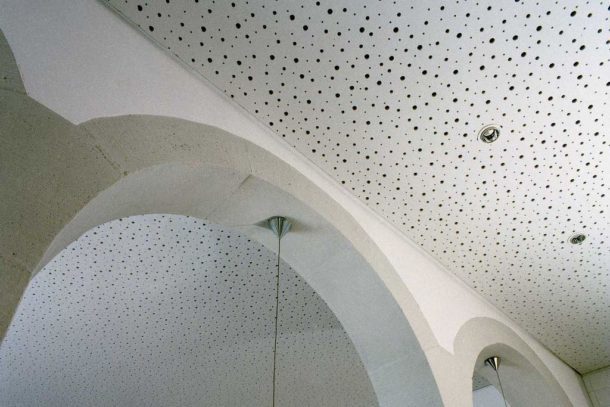Content
- What it is
- Why do you need a butterfly dowel
- Fastening of the butterfly plug
- Types of drywall dowels
The “butterfly” dowel for drywall is a mounting device that is used when working with material 10–12 mm thick. There are several types of dowel nails for working with drywall, all of them have different purposes. The dowel "butterfly" is necessary for fixing fixtures, skirting boards, cornices.

What it is
The dowel-nail “butterfly” consists of a self-tapping screw and a plastic part that resembles the wings of a butterfly. The peculiarity of this fastener is that when the wings are twisted, they spread and are pressed to the back of the drywall sheet. This allows you to distribute the load, which is a big plus when working with such brittle material as drywall.
Also, this nail dowel has special ribbed sections that do not allow it to scroll in the gypsum wall. On the inside of the head there is also a rib, which prevents the fastener from folding.

It differs from other dowel nails in a weight that it can withstand. Permissible load - up to 20 kg.
The expansion bolt shield "butterfly" can be:
- metal;
- plastic;
- nylon.
The most common type is a plastic dowel. It is cheap to manufacture and therefore widely available. The advantage of plastic and nylon fastener elements is their wear resistance: they do not lend themselves to rust. But it’s better not to hang heavy objects on them.

Metal "butterflies" are less commonly found on sale and are more expensive than analogues, but they can withstand heavy loads. Some manufacturers cover them with special rust protection agents, which is also a plus.
HELPFUL INFORMATION:How to close radiators and pipes with drywall
Why do you need a butterfly dowel
Drywall is used to level walls and create decorative designs in the interior. This is a brittle material that does not withstand heavy loads. Therefore, it is not recommended to hang shelves and cabinets on it. It is allowed to mount only small lamps and paintings on it, but this requires special dowel-nails.
The butterfly dowel is also used for fastening to chipboard, plywood, GVL, as well as for other sheet materials up to 12 mm thick.
When choosing a dowel of the indicated type, its dimensions should be taken into account. It is necessary to choose the length and diameter of the self-tapping screw for various types of surfaces:
- The length of the legs can be from 12 to 260 mm.
- The most common diameters are 4, 8, 10 mm.
Fastening of the butterfly plug
The fastening of this type of dowel-nails is not difficult, even a novice master will cope with this. Stages of work:
- A hole of suitable diameter is drilled in the wall. There must be a distance between the wall and the drywall sheet in excess of the length of the dowel.
- A dowel is inserted into the hole, but not completely.
- Holding the dowel with pliers, screw the self-tapping screw (not fully).
- As soon as the petals of the “butterfly” open, the dowel is inserted all the way and screw the screw to the end.
If you are not confident in your abilities, you can watch training videos on the Internet about working with this type of fastener.

Types of drywall dowels
In addition to the "butterfly", there are several types of dowel nails for drywall sheets:
- Molly. This fastener is made of metal, therefore it can withstand loads of up to 35 kg. It is similar in principle to the "butterfly": the sheet is clamped in front and behind, which increases the contact area.
HELPFUL INFORMATION:Direct suspension for drywall and with traction: factory and home-made

- Driva. Another reliable fastener for drywall. But it is often made of plastic, so it can withstand lower loads - up to 25 kg. It is twisted with a screwdriver, like a self-tapping screw. Due to the special design, it holds securely in the wall.

- Folding spring dowel. Most often used for plasterboard ceilings, you can hang a chandelier or planter on it. But it should be remembered that this type is not suitable for punching bags and other heavy items. It has plates that are held by a spring. These plates are inserted into the hole in the GCR, and the spring unclenches them, due to which there is a reliable fixation.
- Normal dowel-nail. This fixture is used if there is no free space between the wall and the drywall. A hole is drilled in the wall, a plastic part is inserted and a self-tapping screw is screwed.

Important! Choosing fasteners for GCR should be the weight that it can withstand. It should also be remembered that some types (for example, an umbrella) cannot be dismantled, so you need to correctly mark the holes before installation.
The most reliable is the fastening to the metal profile on which the drywall sheets are held. If possible, it is better to place it at the beginning of the repair in those places where fastening of shelves and other objects is required.
The butterfly dowel is used to hang on the wall of drywall TV, lamp, wiring elements and other objects weighing no more than 20 kg. This is the most common type of mount, which is produced by various manufacturers. The most reliable are metal dowels-nails with anti-corrosion treatment.

EXPERT SITE
Tsugunov Anton Valerevich
Master Station Wagon
- Since 2003, I have been engaged in the repair and decoration of premises.
- Over 100 completed objects.
- I appreciate the quality, more than the quantity!
Personal page >>>
Friends!
I offer you the service "Friend Builder"
As this site develops, subscribers and visitors turn to me more and more often asking for help with advice on various issues of repair and decoration.
Questions are sometimes asked very complex and interesting. You can’t write an article for each situation, so I decided to advise you individually.
Thanks to you, friends, a new direction of my favorite work has been born - share your experience and benefit everyone who is undergoing repairs!
Get a one-time consultation from me >>>
Order full apartment repair support >>>


